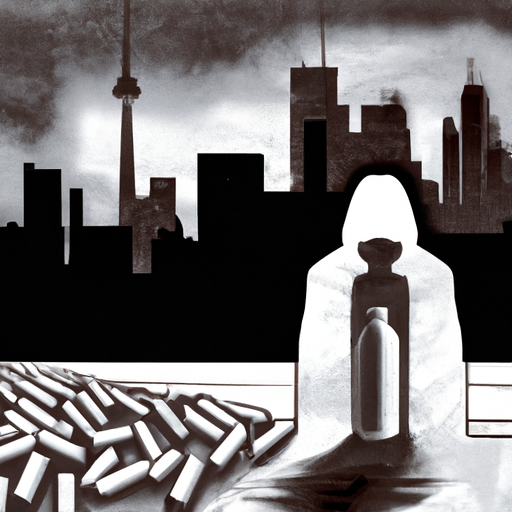Deciphering the Intricacies of the Canadian Opioid Crisis
Recently, I came across an article from CTV News titled “1 Man Dead After Shooting In North York Police” that, although not directly related to the opioid crisis, reveals the undercurrent of ongoing societal issues attributable to this critical public health emergency.
The Multifaceted Reality of the Opioid Crisis
The alarming increase in criminal activities and homelessness, as implied in the aforementioned article, are often interwoven with the opioid crisis. The complex web of cause and effect between the opioid crisis, homelessness, and crime presents a serious challenge for our civic and community leaders in their efforts to shape a more secure, healthy, and productive society.
Opioids and Homelessness
Various studies have affirmed the direct association between the opioid crisis and the rise in homelessness. The escalating costs associated with opioid addiction often drive individuals into homelessness. Concurrently, the hopeless and desperate circumstances endemic to homelessness can provoke individuals to seek an escape in the destructive embrace of opioids.
Opioids and Crime
The opioid crisis has also had a profound impact on crime rates, as displayed in the cited article. Drug-related crimes and violent incidents have been noted to increase alongside rising opioid addiction rates. Equally concerning is the impact on community safety and overall public welfare. The downstream effects of the opioid crisis unfortunately extend far beyond the individual users, affecting families and entire communities.
Combatting the Opioid Crisis: Current Efforts
Many efforts have been initiated to address the opioid crisis. Local governments and healthcare organizations are working diligently to decelerate and eventually halt the frightening surge of opioid addiction. These efforts include:
- Establishment of supervised consumption sites
- Implementation of harm reduction strategies, including the distribution of naloxone kits
- Launching public education campaigns to increase awareness of the dangers of unregulated opioid use
- Development of comprehensive addiction treatment programs and pathways for individuals afflicted by opioid addiction
- Pursuing legislative actions, such as the opioid class action, trying to hold pharmaceutical companies accountable for their role in the crisis
The Road Ahead: A Call to Action
The opioid crisis has been likened to a raging wildfire, consuming our communities and our resources with devastating speed. Our efforts to combat this crisis must be multifaceted, continuous, and relentless. Policies should not only target the surface symptoms – they should also probe the root of the crisis, including the socio-economic factors, the institutional structures that allow for easy propagation, and the stigmas that shroud the true depth of the issue.
Closing Thoughts
In confronting this disturbing enemy, it is indispensable to look beyond the glaring statistics of drug overdose deaths and recognize the broader societal impacts of the opioid crisis. The interplay between opioid abuse, homelessness, and crime should inform our outreach strategies and policy decisions. By acknowledging the deep-seated complexities of this crisis, we may evolve towards a collective, all-inclusive approach that comprehends not just the opioid crisis, but the societal convulsions it creates. Ultimately, the path to victory lies in collaboration, compassion, and commitment – within our communities, between our citizens, and among our leaders.
Exploring the Canadian Opioid Crisis: Complexities and Solutions

The Canadian opioid crisis intertwines with homelessness and crime, posing a complex societal challenge requiring multifaceted solutions.
Facebook
Twitter
LinkedIn
Pinterest